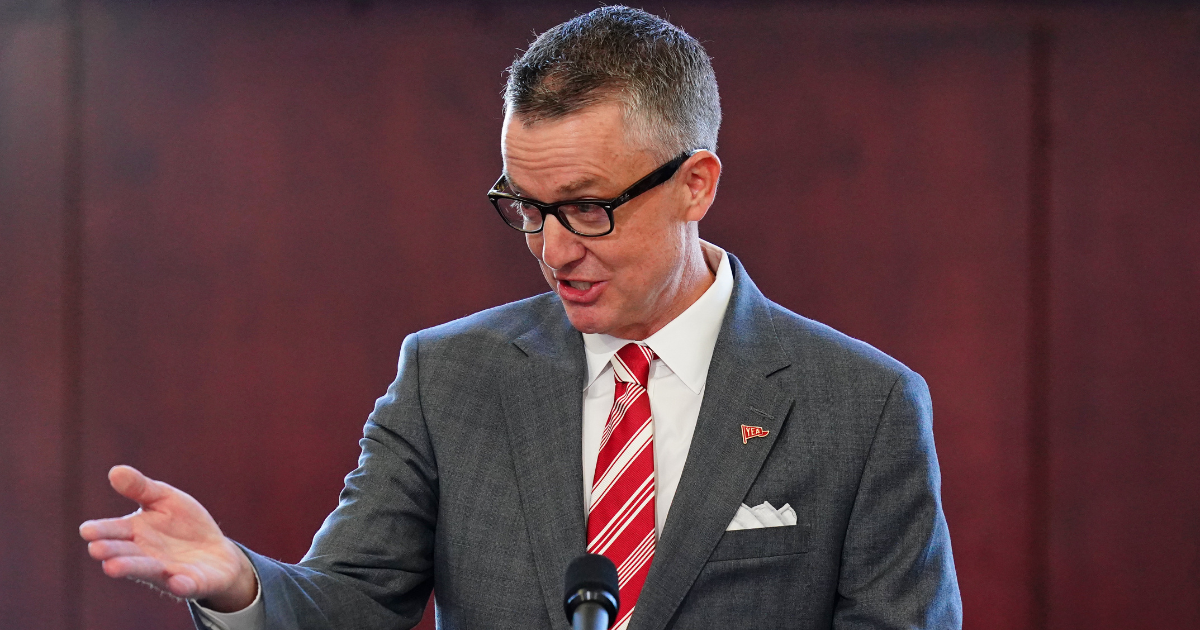That's probably accurate. Alabama is in no way as well off as the top few programs. They are better off, far better off in some cases than places like Auburn, Clemson, etc... So I think there's a kind of dual aspect to saying well this isn't too bad, but it's not that great either.True, but I am saying that Greg is overstating our needs (sandbagging)...😎
For the record I was for things like stipends and such and even a limited NIL framework that was controlled at the school or conference level.When a coach makes $8mm a year and the star players who are the product fans are consuming are getting $100k in tuition etc., the feeling of being undervalued is understandable.
The NCAA could largely have avoided this if they’d been willing to loosen the purse strings voluntarily, but instead, they doubled down on a broken model of amateurism that most people saw as a farce, and now it’s total madness.
I just think the economics were poorly explained. Basically what athletic departments had was socialism in the sense that the funds were distributed throughout the athletic department and to the other athletes. Having said that, from my understanding and figures I've seen the football players were still getting in the range of 200K on benefits (roughly double what a semi-pro football player would get), but the cash stipends were only like $12,000 cash so I understand the frustration.
But, the notion that the money was mainly going to coaches also wasn't accurate. Coaches were making in the neighborhood of 15% of the budget (in some cases paid for my boosters anyway), while nearly every cent that was being spent was in some way of benefit to players. Be it coaches, facilities, travel, housing, food, etc...
As Byrne just revealed, the athletic department lost money in 2023. So, while we can quibble about coaches salaries, even if you subtract that the rest of the money was being spent on things for the athletes, it's all public record and that was poorly explained.
It was presented like athletes were earning billions that they're not getting, but if you zoom out at college athletics as a whole the irony was these athletes had more spend on them than actual revenue they generated. It was actually the opposite of what was being presented, not only were they not getting a cut taken from them, they were via boosters, taxes and student fees having more spent on them than their total revenue generated.
Guess I have to look into it because this was the last thing I saw about it: https://www.greenvilleonline.com/st...-walk-on-cuts-senior-day-citadel/76339751007/New roster size will be 85 scholarship and 20 walk-ons.
" Football scholarship roster limits will increase from 85 to 105 as early as July 2025, but teams will shrink from 130 to 105, which will cut many walk-ons. "





